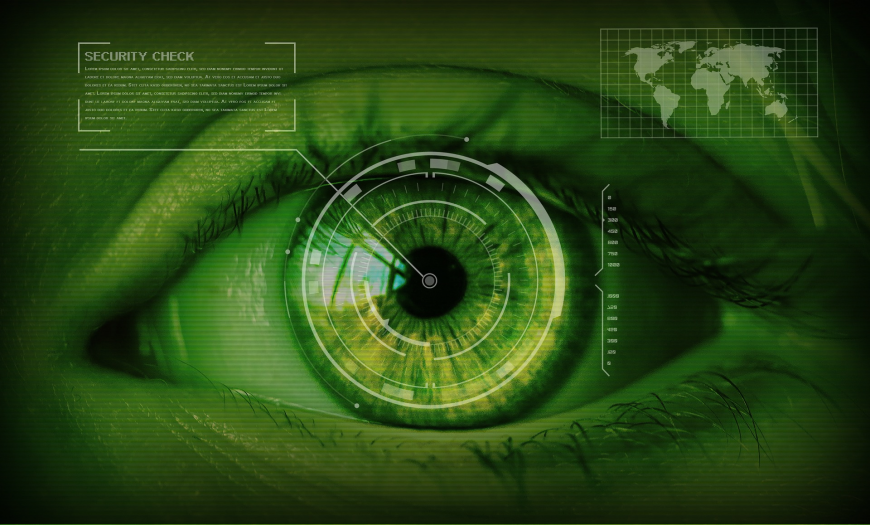A Beginner's Guide to Data Security: Protect Your Data from Theft and Loss
Discover essential strategies to secure your data from theft, corruption, and loss. Learn why data security matters and how to protect your personal and business information effectively.

In today’s modern and technology-driven world, data storage has become an essential part of our daily lives. The most convenient and efficient way to store data is through computers and related technologies. However, simply saving data is not enough to ensure it lasts forever. It’s important to understand that storing data is different from securing it. Saving information alone doesn’t guarantee its safety; protecting data requires an additional layer of security.
What is secured data?
Secured data refers to information that is protected from any threats, whether physical damage or cyber attacks, and is always accessible to its owner when needed. In other words, truly secured data is safeguarded against corruption, theft, or unauthorised use by third parties. This distinction highlights that storing data for future use is not the same as properly securing it for future protection.
There are many ways to save data, locally on devices, remotely in the cloud, offline, or online. Regardless of the storage method, securing data is always necessary. Even seemingly insignificant personal information should never be overlooked in terms of security. If sensitive data falls into the wrong hands, the consequences can be severe, as it’s impossible to predict how that information might be misused.
Moreover, there are always individuals or groups looking to steal data. This could involve sensitive information about corporations, businesses, industries, or individuals, often exploited to gain unfair advantages at the victim’s expense. Stealing data from one person connected to a larger group can jeopardise the entire organisation, which is why data security must never be underestimated.
More data breaches in the news
Recent headlines include attacks on major tech platforms such as TechCrunch, which was reportedly hacked through a contributor’s weak password. Other notable breaches involve Yahoo, GoToMyPC, Twitter accounts, and countless other websites, both large and small, that have suffered data attacks over the years.
Given the frequency and scale of these breaches, protecting online accounts and data remains a top priority. Experts warn that if the lessons from past incidents aren’t learned, future years could see even larger waves of data theft. This makes data security crucial now more than ever.
Data destruction and corruption
Besides theft, data loss can also result from destruction or corruption. While some hackers aim to steal sensitive data like credit card numbers for financial gain, others enjoy destroying valuable information simply to cause harm or disruption. Although this might seem strange, there are always those who take pleasure in such malicious acts.
It’s also important to remember that data insecurity isn’t always caused by external hackers. Improper backup and management practices by the data owners themselves contribute significantly to data loss. Studies show that many cases of data destruction or loss are due to internal mistakes rather than outside attacks.
Ensuring data security
Technology choices in data storage, including offline and online backups and local versus remote storage, play a key role in data safety. To better protect your data, it’s essential to review and improve these methods regularly.
With this understanding, let’s explore some of the most effective ways to secure your data, both online and offline. Ready to learn more? Read this article: Simple and smart ways to keep your data safe.






